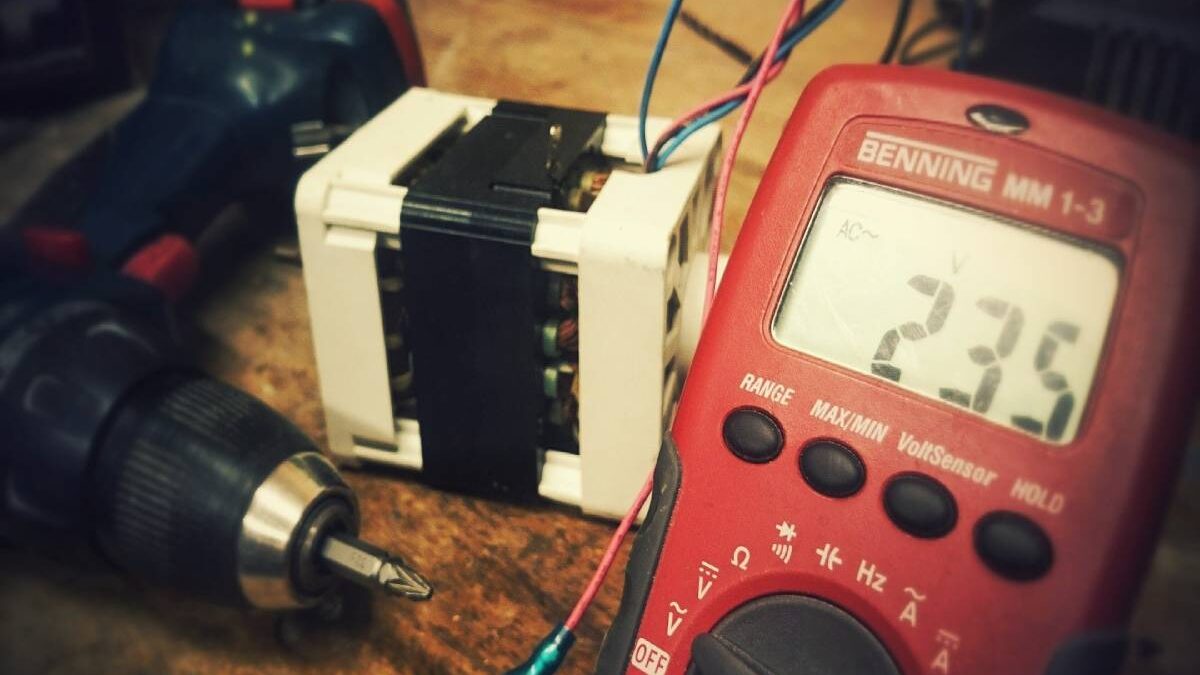The word “calibration” can remain used (correctly and incorrectly) in different contexts. In this text, we talk about metrological calibration in the world of measurement technology.
Formally, calibration is the documented comparison between the measuring device to stay calibrated and a traceable reference device.
The reference standard may also remain called a “calibrator”. Logically, the reference has better accuracy than the device to remain calibrated. The reference device must remain calibrated so that it is traceable. We will talk about the latter later.
The reference is not always a device with some quantities but can also be a mass, a mechanical part, a physical concern, or a reference liquid or gas.
The formal definition above comes from the BIPM (Bureau International des Poids et Measures, the international office of weights and measures).
Also read: What is Litigation Financing? And what it costs?
Table of Contents
The International System of Units (SI system)
The SI system is the international system of units, which specifies the basic units used in measurement science. The SI system determines seven base units (meter, kilogram, second, ampere, kelvin, mole, and candela) and 22 derived units. The basic units remain derived from constants in nature.
The system remains maintained by the BIPM (Bureau International des Poids et Measures).
Calibration Certificate
The definition of calibration includes the word “documented”. It means that the calibration comparison must stay recorded. This document remains often referred to as a “calibration certificate”.
A calibration certificate includes the result of the comparison and other relevant calibration information, such as the equipment used, the environmental conditions, the signers, the calibration data, the certificate number, the uncertainty of the calibration, etc.
Calibration and Measurement uncertainty
When an instrument remains calibrated with a higher-level device, the process always includes some uncertainty. Uncertainty is the amount of “doubt” in the calibration process, indicating “how good” the [calibration] process was. The uncertainty can remain composed of several sources, such as the device under test, the reference standard, the calibration method or the environmental conditions.
In the worst case, if the uncertainty of the calibration process is greater than the level of accuracy or tolerance of the device remain calibrated, then the calibration does not make any sense.
The goal is that the total uncertainty of the calibration is small enough compared to the tolerance limit of the device actuality calibrated. The total uncertainty of the [calibration] must always stay documented in the [calibration] certificate.
Tolerance limit, Out of Tolerance, Accepted / not Accepted
When calibrating an instrument, there is often a tolerance limit (acceptance limit) set in advance for the [calibration]. It is the maximum error allowed for the [calibration]. If the error (difference between the device under test and the reference) of any calibrated point is greater than the tolerance limit, the [calibration] will remain considered ” not accepted “.
In case of unaccepted [calibration], you must take corrective measures to be able to accept the calibration. The most common is to adjust the device under test until it is sufficiently accurate.
How often do you have to Calibrate?
Another commonly related debate is how often instruments should stay calibrated.
There is no correct answer for this question as it depends on many factors. Some of the items to consider when setting the [calibration] interval include, but are not limited to:
- The criticality of the measurement in question
- It manufacturer’s recommendation
- The stability history of the instrument
- It regulatory requirements and quality systems
- They consequences and costs of an unacceptable calibration
Other considerations
“Everything is based on Measurements.”
In a processing plant, the control system is what controls the plant. The control system obtains measurement data from the various plant measurements and manages the plant based on the measurement data. Thus, if the measurement data is incorrect, the plant control will also be wrong. In other words, it is fair to say that in a processing plant, “everything is based on measurements.” Therefore, all measurements’ calibration is essential for the control system to get more accurate and reliable information to control the plant properly.
Calibration found and left
In the field of [calibration], the terms ” found ” and ” left ” are used.
The term “found” refers to the first [calibration] performed as the instrument stood found. If errors are detected and an adjustment stays made, then another [calibration] is carried out after this, called a “left” [calibration], that is, as the instrument remained left.
To summarize the process: “found” calibration; adjust if necessary; and “left” calibration.
Accredited Calibration Laboratory
A [calibration] laboratory accreditation is an acknowledgement of the laboratory’s competence by a third party.
Accreditation remains carried out following uniform principles throughout the world, and the certification of the [calibration] laboratory remains most commonly based on the international standard ISO / IEC 17025.
Most international accreditation bodies belong to the ILAC (International Laboratory Accreditation Cooperation) and remain subscribed to the MRA (Mutual Recognition Agreement) agreement.
More than 100 organizations have signed the ILAC Mutual Recognition Agreement (ILAC MRA).
The Beamex Oy Calibration Laboratory, located at the Finnish headquarters, has remain accredited since 1993.
Transition to digital: paperless calibration
Traditionally, [calibration] has been done by using a [calibration] reference and writing the results manually on paper.
In a modern electronic system, everything can remain done without resorting to paper. Planning can remain carried out in the maintenance management system, from where work orders are transferred electronically to the [calibration] management system. The [calibration] management system can electronically download work orders to portable documenting calibrators. When the work remains carried out with documenting calibrators, they automatically save the results in their memory. When the calibration job is complete, the results can remain downloaded into the [calibration] management software from the calibrator. Finally, the [calibration] software sends a confirmation that the job has remained completed to the maintenance management system.
Also read: Apple best app games – Best Apple product in 2018 isn’t a simple mission

